sensors
Latest
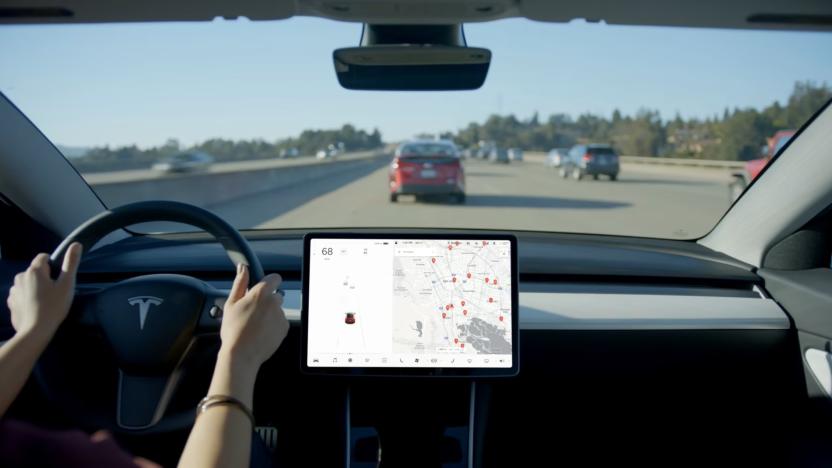
Tesla phasing out ultrasonic sensors as it moves toward a camera-only system
Tesla has announced that it's phasing out ultrasonic sensors (USS) used in its EVs to detect short-range obstacles.

Watch the Blue Origin sensor test that will help NASA land on the Moon (update: scrubbed)
Blue Origin is set to launch its reusable New Shepard rocket on a suborbital mission today (September 24th) and test sensors for a vehicle that could one day land on the Moon.
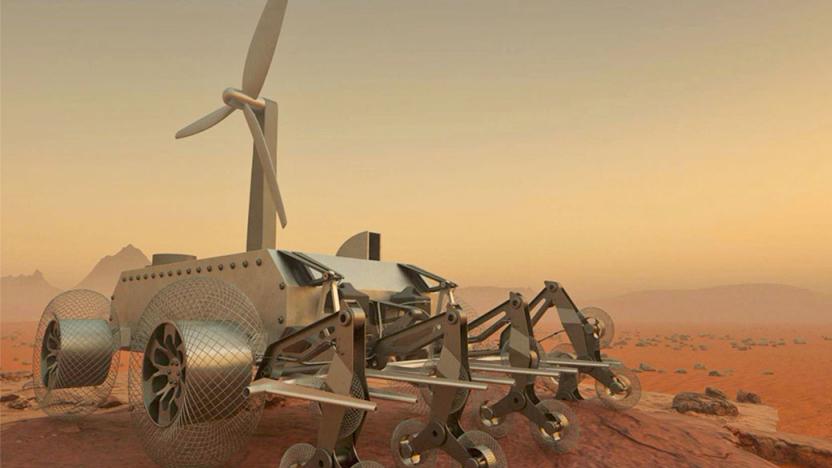
Designers help a rover navigate the crushing furnace of Venus
Venus is closer to Earth than Mars, but because it’s hellhole that’s unforgiving to rovers, we still don’t know much about its surface. NASA and JPL recently launched a heroX design contest for mechanical sensors that would help its AREE (automaton rover for extreme environments) rover detect and avoid rough terrain. It recently picked the winner, and said it received such an “incredible” response from the community that it added two finalists and 10 honorable mention entries.
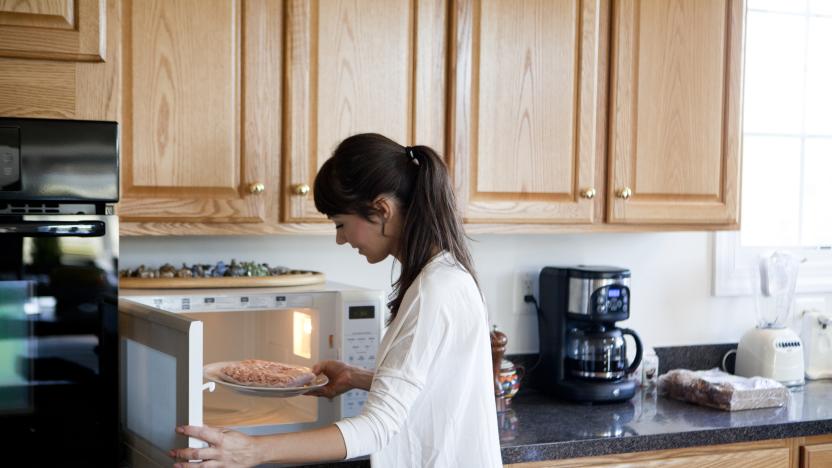
MIT wants to use your microwaving habits to study your health
Researchers from MIT's CSAIL created a wireless system that monitors how people use the appliances in their homes.
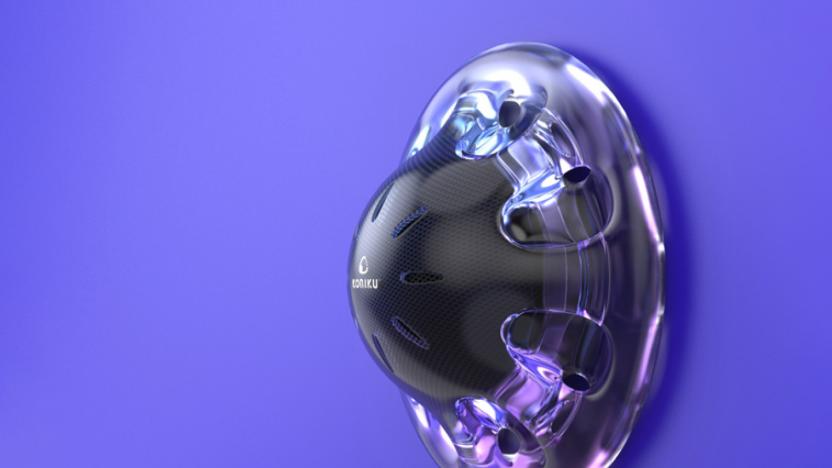
Airbus to deploy 'game-changing' bomb-sniffing sensors at airports
Airbus plans to test an “electronic nose” device that uses biological cells to mimic what bomb-sniffing dogs can do, reports the Financial Times. The company will deploy jellyfish-shaped sensors, developed by Silicon Valley startup Koniku, in several airport screening tunnels later in 2020.

IEVA's environment-monitoring watch protects your outer beauty
There are plenty of devices that measure your UV exposure, or the local air quality, and even an Apple Watch will warn you if the local noise is too loud. But IEVA, a new wearables company from France, thinks that there's room for a watch that'll do all of those things, and more, at once. Say hello to the Time-C, a watch designed to help you "slow the signs of aging and the passage of time."
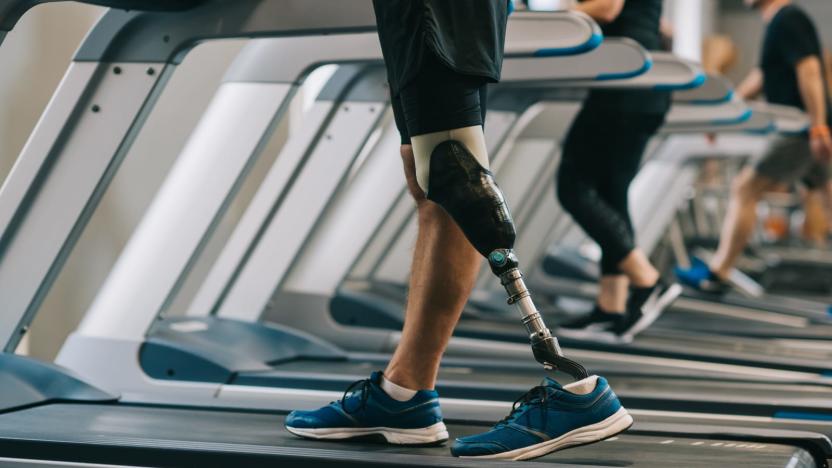
New prosthetic legs let amputees feel their foot and knee in real-time
There's been a lot of research into how to give robots and prosthesis wearers a sense of touch, but it has focused largely on the hands. Now, researchers led by ETH Zurich want to restore sensory feedback for leg amputees, too. In a paper published in Nature Medicine today, the team describes how they modified an off-the-shelf prosthetic leg with sensors and electrodes to give wearers a sense of knee movement and feedback from the sole of the foot on the ground. While their initial sample size was small -- just two users -- the results are promising.

The band X Ambassadors created a music video for the visually impaired
For people who are blind or visually impaired, listening to a music video is often just like listening to the track. The band X Ambassadors wants to change that. They've teamed up with Microsoft to create an "audio-only music video" that's meant to allow blind, low-vision and sighted fans to enjoy the single "Boom" in a new way.
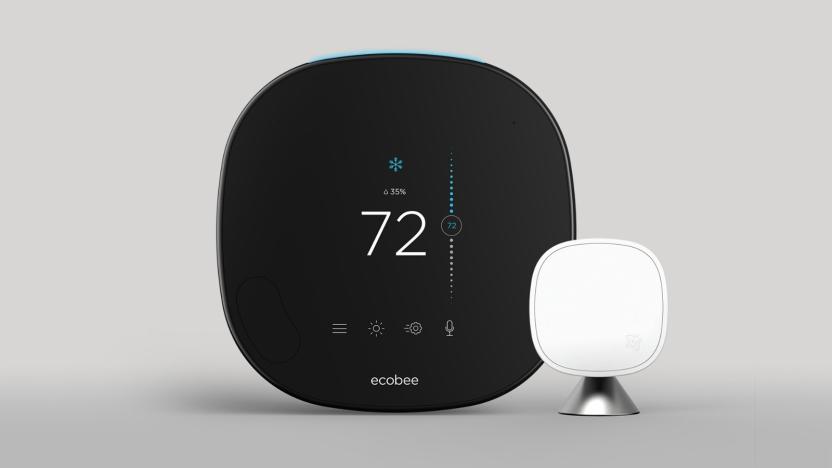
Ecobee unveils its latest Alexa-powered smart thermostat
This morning, Ecobee released details on its latest voice-controlled smart thermostat. Rumors circulated last week when the device appeared briefly on the Lowe's website. Today, Ecobee made it official. Breaking away from its numbered naming scheme -- Ecobee 3, Ecobee 3 Lite and Ecobee 4 -- the company is calling this one, simply, the SmartThermostat. Ecobee says it's "packed with the power you would expect from a smartphone."

MIT’s sensor-packed glove helps AI identify objects by touch
Researchers have spent years trying to teach robots how to grip different objects without crushing or dropping them. They could be one step closer, thanks to this low-cost, sensor-packed glove. In a paper published in Nature, a team of MIT scientists share how they used the glove to help AI recognize objects through touch alone. That information could help robots better manipulate objects, and it may aid in prosthetics design.

Bosch's reworked automotive sensors can help control flying taxis
As companies from Boeing and Uber to Lilium work to develop flying taxis, Bosch wants to make the sensors they'll require more accessible. The company says conventional aerospace technology is too expensive and bulky to use in autonomous flying vehicles. So, today, Bosch announced a plug-and-play sensor box that adapts automotive industry sensors for use in flight.
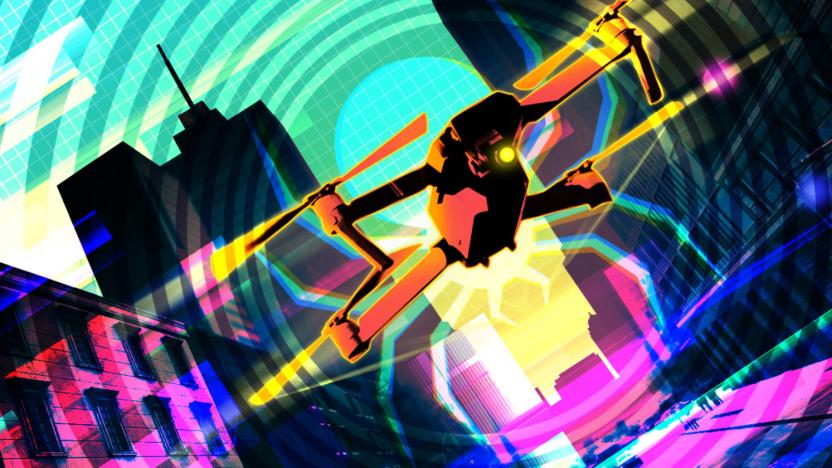
Researchers say 'spidey senses' could help self-driving vehicles avoid hazards
Researchers want to give cars, planes and drones "spidey senses." That is, they want to give autonomous machines sensors that mimic nature. In a paper published in ACS Nano, a team of researchers -- from Purdue University, Nanyang Technological University in Singapore and ETH Zürich -- propose integrating spider-inspired sensors into the exterior of autonomous machines. Doing so, they say, would allow vehicles to selectively process data faster than currently possible.

Apple seeks 'revolutionary' sensors for its self-driving car project
Apple isn't out of the self-driving car game because of its recent layoffs -- far from it, if you believe reports. Reuters sources claim that Apple has talked with "at least" four possible suppliers as it looks for a "revolutionary" lidar sensor design. Where existing autonomous vehicles tend to have bulky, expensive sensor packs that use mechanical parts to scan the road, Apple wants lidar that could fit into the aesthetics of a car while scanning "hundreds of meters" ahead and costing hundreds of dollars, not tens of thousands.

Waymo will sell its lidar sensors to companies outside of self-driving cars
Alphabet subsidiary Waymo announced today that it is going to let companies use its powerful sensor technology for purposes other than self-driving vehicles. It will start by selling one of its lidars: a 3D perimeter sensor that can measure distance by sending out pulses of laser light called the Laser Bear Honeycomb. The sensor, which will only be available to select partners of Waymo, is typically used on the bumpers of autonomous vehicles.

Toposens drew inspiration from bats for its low-cost sensors
Stick with us here for a second: if you're building a robot or an autonomous car, you're going to need some sensors to help your creation "see" what's around it. 3D-sensing cameras will do the trick, as will laser-based systems, but German startup Toposens is trying something a little different. Instead, Toposens has built (relatively) inexpensive sensors that map their surroundings using 3D ultrasound -- a worldwide first, if they're to be believed.

The rise, fall and return of the smartphone megapixel race
Sony recently unveiled a smartphone camera sensor with the highest resolution yet, a jaw-dropping 48 megapixels. That's more than the resolution of its $3,000, 42.4-megapixel A7R III mirrorless camera, which has a sensor eight times larger. It sounds great, but you might have forgotten that Nokia's 808 PureView smartphone, with a 41-megapixel camera, was released way, way back in 2012. Why didn't modern smartphone cameras follow Nokia's lead? As Apple has demonstrated over the years, from the iPhone 4s and forward, you get more benefits with other features, like dual cameras and sensors with bigger, more light-sensitive pixels. Those deliver better low-light shooting, more bokeh, faster speeds, zoom capabilities and improved video. However, Sony now believes you can have all that and high resolutions, too. Its Quad Bayer tech, reportedly used in Huawei's P20 Pro camera, might help big-number megapixels make a comeback -- and this time, they'll be far more useful.

Adidas' NYC-inspired shoe was designed using data from runners
When I woke up this morning, I didn't imagine I'd spend part of my day inside a massive shipping container on a parking lot right under the Brooklyn Bridge. But that's exactly what happened earlier today. The occasion? Adidas invited members of the media to an event where it showcased its latest running shoe, the AM4NYC, a New York City-inspired silhouette that was designed using sensor data and feedback from local runners. Not just that, but the sneaker was actually made at the company's robot-staffed Speedfactory in Atlanta, an automated assembly line that combines craftsmanship with speed to create custom footwear.

AiFi replicates Amazon Go's checkout-free shopping in any store
Bricks-and-mortar shopping could be about to change forever. Amazon pioneered the automated convenience store with its newly-opened Go supermarket, and now computer vision company AiFi is introducing the first scalable, checkout-free system for stores outside of Amazon's sphere of influence. The technology has the potential to turn enormous retail spaces and small mom-and-pop operations alike into shopping environments of the future, allowing customers to "grab and go" without the hassle of physically checking out.

RED teaming with Foxconn on smaller, cheaper 8K cameras
Foxconn plans to build smaller, cheaper 8K cameras in collaboration with cinema company RED, Nikkei reports. "We will make cameras that will shoot professional-quality films in 8K resolution but at only a third of current prices and a third of current camera sizes," CEO Terry Gou told reporters. RED currently has several 8K models, including the 3.35 pound, $30,000 Epic-W 8K (above). That means Foxconn could conceivably produce an 8K camera that costs around $10,000 and weights just over a pound -- less than many DSLRs.

Yamaha's AI transformed a dancer into a pianist
Artificial intelligence is already everywhere, so it's inevitable that it would invade the arts. Yamaha showed a new kind of AI tech that translated the movements of renowned dancer Kaiji Moriyama into musical notes on a piano, "a form of expression that fuses body movements and music," the company said. He used it during a concert in Tokyo entitled Mai Hi Ten Yu, dancing and "playing" the piano with his body, accompanied by the Berlin Philharmonic Orchestra Scharoun Ensemble.







